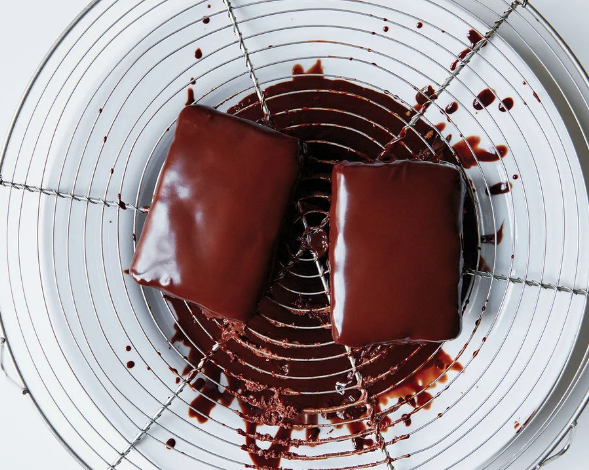Ring in the new year with a tasty tradition
December 29, 2021 by DarcieAll around the world, people celebrate the beginning of a new year with feasts that incorporate traditional foods that have many symbolic meanings. To learn more about some of these fêtes, head over to Saveur, which looks at recipes and traditions to celebrate the new year.

The article starts off with a few historical tidbits, such as how grapes play an important role in Latin America, where revelers consume 12 grapes just as the clock strikes midnight, each grape representing a coming month in the new year. The custom began in Spain at the turn of the 20th century and spread to nearby Portugal as well as former Spanish and Portuguese colonies in the Americas.
Noodles factor into many Asian traditions. For instance, in Japan it is customary to eat buckwheat soba noodles which are thought to symbolize longevity and prosperity. Similarly in China, the longer the noodle, the more auspicious the meal and changshou mien (long life noodles) are eaten to represent longevity.
The article then turns to several recipes featuring foods from these cuisines and others, including Greek New Year’s bread, Japanese New Year’s soup, a Persian stuffed fish recipe, and a French frozen chocolate mousse (Marquise au chocolat from Saveur Magazine by Dorie Greenspan, pictured above). No matter what your food tradition is, we hope that you have a Happy New Year!
Categories
- All Posts (6906)
- Antipasto (2119)
- Author Articles (246)
- Book News (934)
- Cookbook Giveaways (978)
- Cookbook Lovers (255)
- Cooking Tips (107)
- Culinary News (299)
- Food Biz People (551)
- Food Online (789)
- Holidays & Celebrations (270)
- New Cookbooks (148)
- Recipes (1495)
- Shelf Life With Susie (231)
- What's New on EYB (133)
Archives
Latest Comments
- jwolfe on NEW FEATURE: ‘No Recipes’ books
- KatieK1 on Over 170,000 Books in our EYB Library and hints to manually adding books
- Rinshin on What do you take when you have to evacuate?
- Dthomasc on Food news antipasto
- vickster on What do you take when you have to evacuate?
- Dripping on Are seed oils scary?
- pokarekare on What’s your favorite underrated ingredient?
- artthecat on The Golden Wok – Cookbook Giveaway
- JenjiD on German Heritage Baking Cookbook Giveaway
- JenjiD on The Golden Wok – Cookbook Giveaway